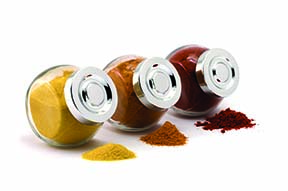If you have wondered what was really making your clothes smell before you threw them into the wash, and even after they were supposedly cleaned, you are not alone. Scientists from Northrumbia University recently published a study in the Journal of Chromatography that revealed the molecules that make your socks stink. Beyond the dirt and sweat, believe it or not there are six volatile organic compounds (VOCs) that simply can’t be washed out in traditional eco-friendly cycles (68 degrees Fahrenheit). In other words, the stinky VOCs survive the wash.
There is no doubt that more people are paying more attention to the environmental footprint of their day-to-day activities. Washing clothes without hot water or using detergents that are less environmental friendly have become more viewed as ways to be more friendly to the environment. Scientists argue that because of this increasing awareness of the ecological impacts of washing clothes, it’s “important to understand why dirty clothes smell, in order to find the best way to clean them.” The VOCs “could be used to test the effectiveness of washing at different temperatures.”









